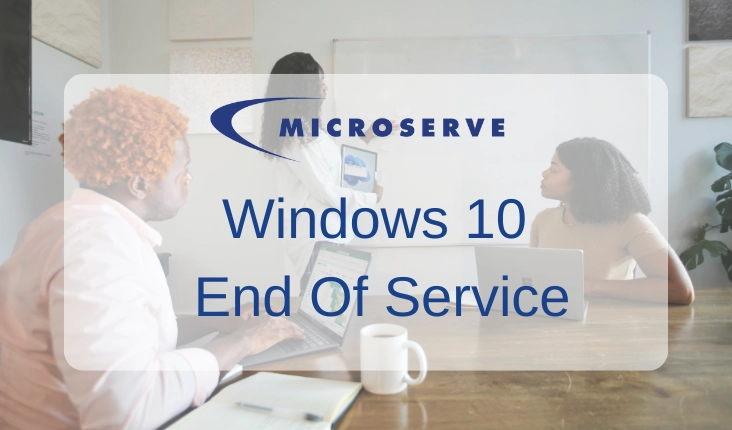Over the past few years, remote working and freelancing have become increasingly popular. These shifts are disrupting traditional business models, and it is likely to change the future of the business world in a substantial way. In this post, we’ll explore how remote working and freelancing are changing the way we work, hire, collaborate, and think about business.
The Rise of Remote Working and Freelancing

According to a study by Upwork and the Freelancers Union, 57 million Americans freelanced in 2019, representing 35% of the workforce. The same study also found that freelancers contribute $1.4 trillion to the economy, which is an increase of 30% since 2016. Remote work is also becoming more prevalent. A study by Buffer found that 98% of remote workers would like to continue working remotely, at least some of the time, for the rest of their careers. Another study by Owl Labs found that 74% of workers are willing to quit their job for one that offers remote work.
The rise of remote working and freelancing is due to several factors. Firstly, advances in technology have made it easier for people to work from anywhere, virtually as long as they have an internet connection. This has been significantly aided by cloud services which allow seamless access to work resources. Secondly, the rise of the gig economy has made it easier for people to find freelance work. Finally, millennials and younger generations have a different attitude towards work than previous generations. They prioritize work-life balance, flexibility, and meaningful work over job security.
Changing the Way Companies Hire and Manage Their Workforce

This shift towards remote work and freelancing is changing the way companies hire and manage their workforce. Many businesses are now turning to remote workers and freelancers to fill positions, which can be more cost-effective than hiring full-time employees. Additionally, remote workers and freelancers often have specialized skills that are not readily available in-house. By hiring freelancers, businesses can access a wider pool of talent than they could if they only hired locally. This brings into light the need for IT recruitment agencies that can source the right talent.
However, managing remote workers and freelancers can be challenging. Managers need to ensure that remote workers are productive and engaged, even though they are not physically present in the office. They also need to provide remote workers with the tools and resources they need to do their jobs effectively. The role of managed IT services becomes increasingly critical in this scenario.
Changing the Way We Collaborate and Communicate

This shift towards remote work and freelancing is also changing the way we collaborate and communicate. With remote work, employees are often scattered across different time zones and locations, making communication more challenging. However, new tools and technologies are emerging that make it easier for remote teams to collaborate effectively.
For example, video conferencing software like Zoom and Skype allows teams to hold virtual meetings. Project management tools like Trello and Asana make it easier for teams to track tasks and deadlines. Communication tools like Slack and Microsoft Teams make it easier for teams to stay connected and communicate in real-time. Solutions such as team collaboration and communication are designed specifically for this purpose.
“Changing work patterns necessitate changing solutions. With the right tools, remote working can be as effective, if not more, than traditional office setups.” – Microserve
Changing the Way We Think About Business

Finally, this shift towards remote work and freelancing is changing the way businesses think about their physical footprint. With remote workers and freelancers, there is less of a need for a large office space. This can save companies a significant amount of money on rent and utilities.
This shift is also leading to a more distributed workforce, where employees are spread out across different locations. This can make it easier for businesses to access talent in different parts of the world. It can also make it easier for businesses to serve customers in different time zones.
The Future of Business

So, what does this mean for the future of business? It is likely that we will see a continued shift towards remote work and freelancing. A study by Gallup found that remote work is becoming more common, with 43% of U.S. employees working remotely at least some of the time in 2016, compared to 39% in 2012. Another study by McKinsey found that by 2025, as many as 162 million people in Europe and the United States could be working independently.
As the number of remote workers and freelancers continues to grow, businesses will need to adapt to this new reality. They will need to find ways to effectively manage remote workers and freelancers, while also maintaining a sense of teamwork and collaboration. They will also need to invest in new tools and technologies to support remote work such as modern workplace solutions.
Remote working and freelancing are disrupting traditional business models and changing the way we work, hire, collaborate, and think about business. As this trend continues to grow, businesses will need to adapt to stay competitive in the changing landscape. However, if done right, this shift towards remote work and freelancing has the potential to create new opportunities and benefits for businesses and employees alike.




